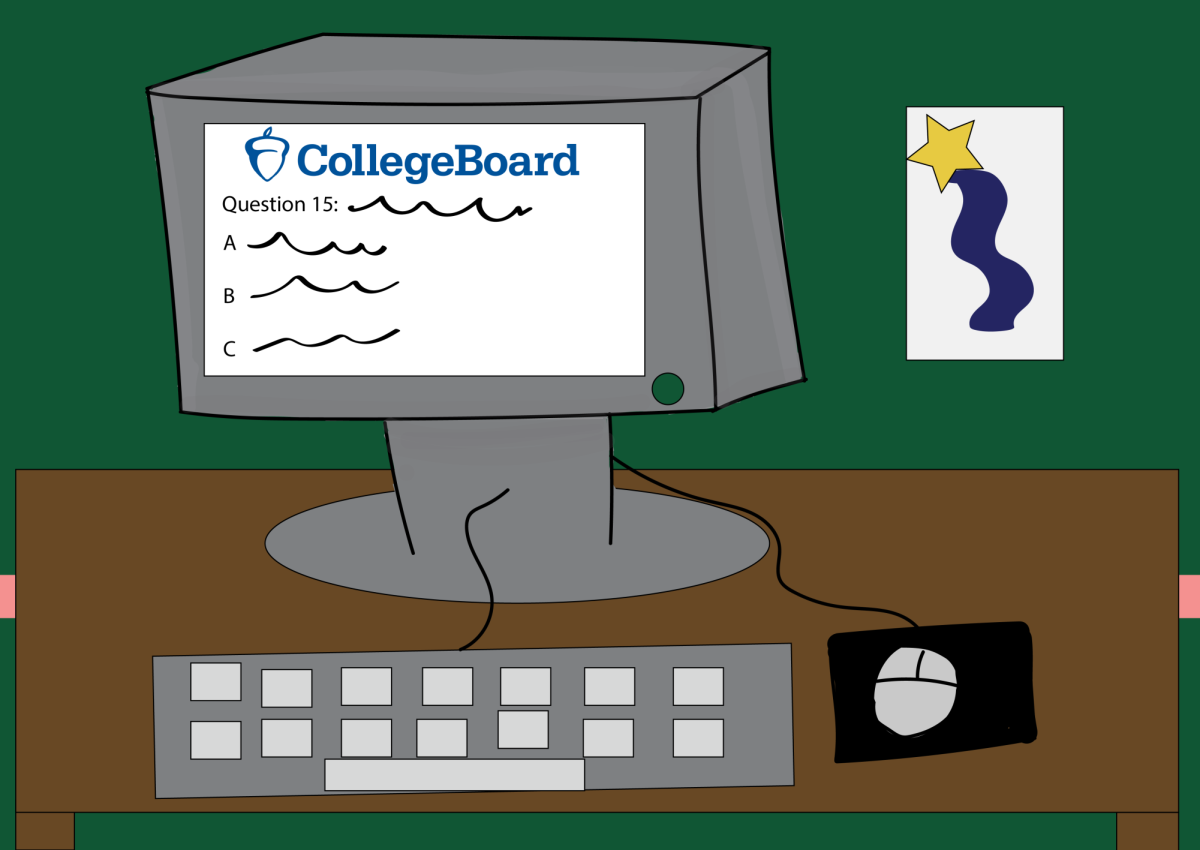Testing is a vital part of education and is used to show that you understand the subject. Test scores are also used by colleges to choose who they accept. Because of this, streamlining the testing process is important for both the test taker and administrator to get the most information out of their efforts.
The College Board organization, which administers college-associated tests like the SAT and AP tests, has recently made changes to the rubric for certain tests and the way they are taken. Changes to some AP exams have been made to increase the rate of students passing the test. Both the SAT and PSAT tests are now being taken on Chromebooks.
“We’re still doing mostly paper and pencil AP exams, but all of our STAAR exams have been digital for about the last five years,” campus testing coordinator Wendy Escobedo said. “Our PSAT recently went digital in October, and we’ll give our first digital SAT this spring.”
The written PSAT/SAT consisted of four sections: A reading section, a writing and language section, math with a calculator, and math without a calculator. Now that the test is digital, the layout has been changed. The time to complete the test has been shortened, but both math sections are now combined and a built-in calculator is always available. The reading section and writing and language sections have not been changed.
“In October, College Board’s platform went down nationwide during the PSAT. So while there are things that we have less control over that make it harder to administer the test, having fewer materials on campus makes it easier,” Escobedo said. “It was not the school’s choice, but we’re definitely happy to see it going in that direction.”
For the first time, Bowie is offering the AP pre-calculus course instead of the advanced pre-cal class. This means students will be able to buy into an AP test that will give college credits to those who pass. This test is still taken on paper due to certain written notations that are required to solve problems.
“There aren’t a ton of schools that are offering AP pre-cal, but we’re one of them,” math teacher Kelly Flickinger said. “We wanted to get in right at the beginning because we do have seniors that are taking pre-cal and want to graduate with a college-level class.”
Last September, College Board changed the rubric for the AP U.S. History exam. This comes after last year’s AP U.S. History exam had only 47.5% of students pass, the lowest rate of any AP history course, and the second lowest across all AP exams.
Both DBQ (Document-Based Questions) and LEQ (Long Essay Questions) scoring have been adjusted to give students higher scores without having to meet as many requirements as before.
“The changes make it a lot easier to pass, and there’s a higher possibility of earning that college credit,” junior Peyton Brunner said. “As long as you’re studying and keeping up with the lessons, it’s a good test to take. I’m pretty confident I can pass.”








